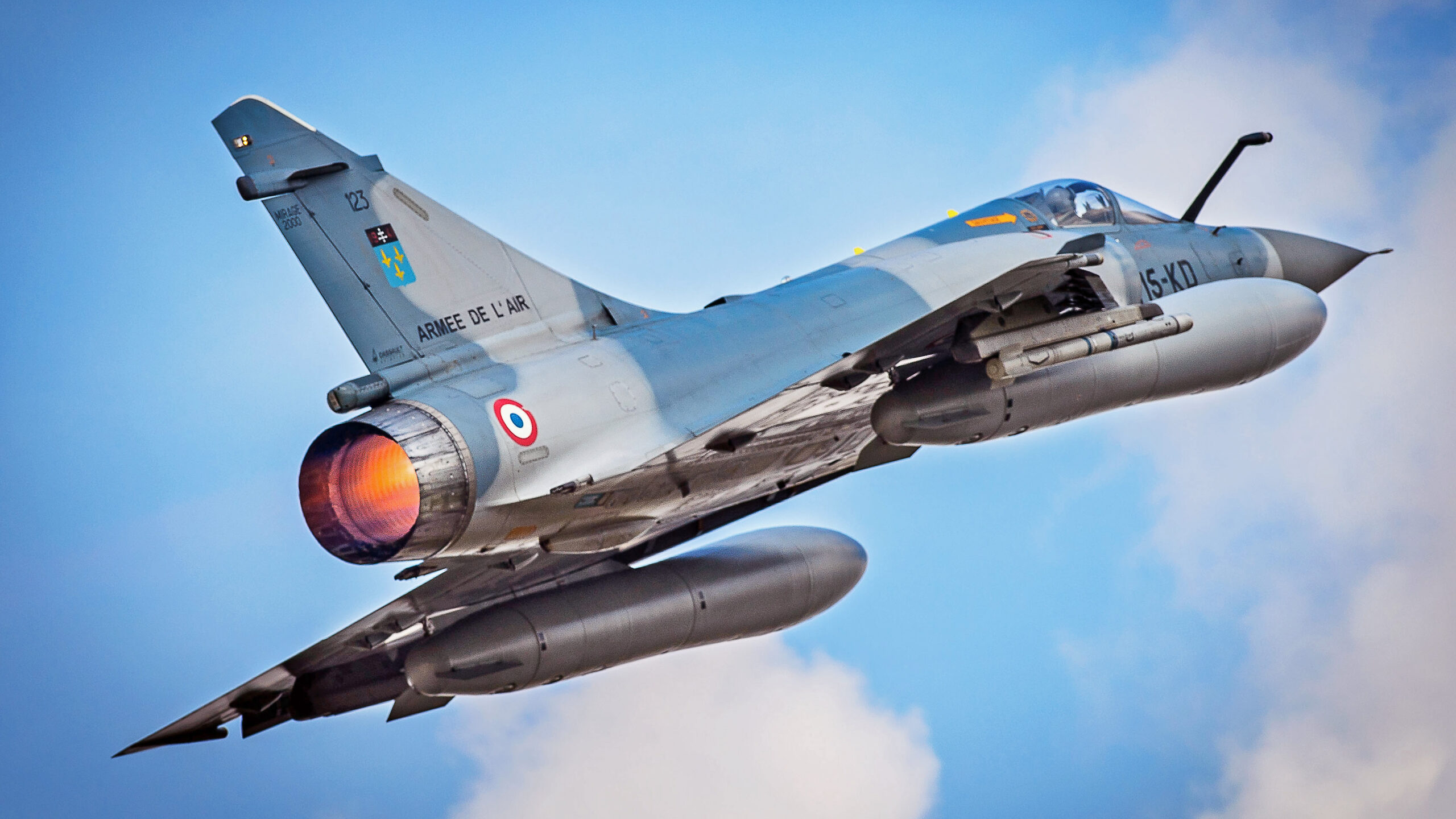With the transfer of modern Western-made tanks now secured, Ukraine is turning its sights once again to advanced fighter jets, with France today stating that it had not ruled out providing Kyiv with combat aircraft from its own stocks. A French government official confirmed that unnamed Eastern European countries and Denmark were also possible candidates to provide fighter jets to Ukraine, while a Ukrainian Air Force spokesman says that a transfer of advanced Rafale multirole fighter jets is on the table.
Speaking today, Thomas Gassilloud, chairman of the National Assembly’s National Defense and Armed Forces Committee, said that the French government could agree to supply Ukraine with the fighter jets that it so badly wants.
“Regarding deliveries [of fighter jets] to Ukraine, we must study requests on a case-by-case basis and leave all the doors open,” Gassilloud said, after talks in London with British counterparts, including U.K. Defense Minister Ben Wallace.
Gassilloud added that the French government had certain conditions regarding a transfer of this kind, chief among them being a judgment that the jets didn’t constitute a risk of escalating the war to a point that it brought Russia into conflict with NATO.
France would want to ensure that any donated jets didn’t undermine French or European security, although drawing upon stocks of aircraft that have already been withdrawn would seem to be a simple way around that.
According to a report in the U.K.’s Daily Telegraph newspaper, France is mindful of the challenges in training Ukrainian Air Force pilots to fly a new aircraft type as well as the necessary maintainers to support them. Apparently the French consider that 10 technicians would be required to keep each jet serviceable.
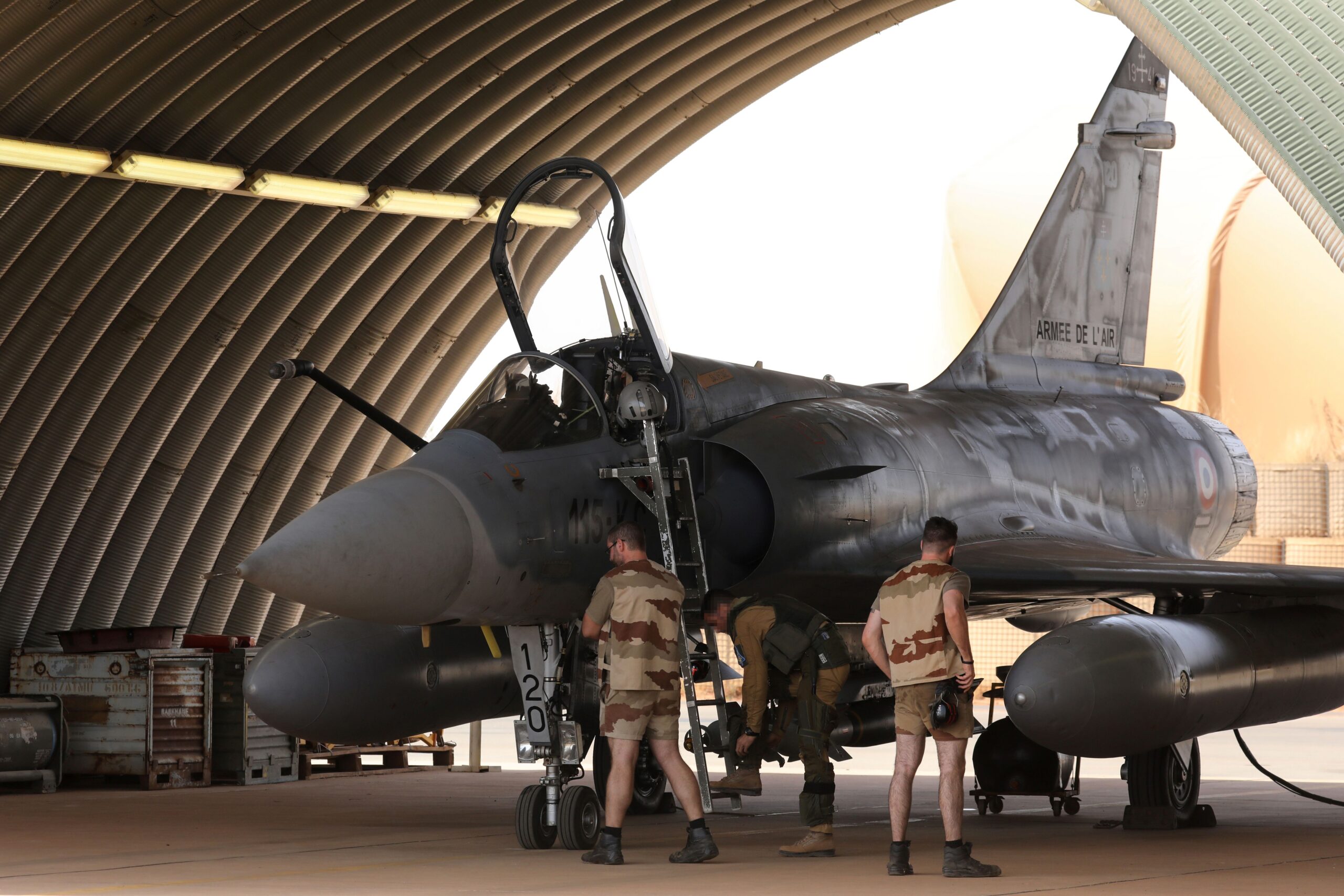
“We will see in the coming weeks what happens next as things are moving fast,” Gassilloud said. “The Danes and Eastern European countries are thinking about it.” Denmark is in the process of drawing down its F-16 fleet, so could potentially provide a ready source of these jets. The unnamed Eastern European countries could also refer to F-16 operators, although revisiting earlier plans to transfer Soviet-era MiG-29s from Poland, Bulgaria, and/or Slovakia could be a more realistic scenario.
Last week, the Netherlands, another NATO F-16 operator in the process of retiring its Vipers, announced that it would look at any request to transfer its aircraft to Ukraine with an “open mind,” before apparently walking back on that statement, as you can read about here.
With Gassilloud speaking in the United Kingdom, which has long been at the forefront of delivering new types of arms to Ukraine, the U.K. Prime Minister Rishi Sunak took the opportunity today to reflect on “the leadership role that we have played,” including being “one of the early nations to provide tanks to Ukraine.” Sunak did not, however, bring up a possible transfer of British fighter jets to Ukraine.
Fighter jets for Ukraine have long been seen as one of the next logical steps in terms of deliveries of heavy weaponry and voices have become stronger in this regard since various Western nations pledged to supply main battle tanks, including the German-made Leopard 2 and U.S.-made M1 Abrams.
The longstanding push for fighters has previously involved both Ukrainian officials and members of the Ukrainian Air Force, supported by some U.S. lawmakers. However, most proposals have focused on the U.S.-made F-16 fighter jet, primarily on account of it being assumed it would be easier to source the jets and bring them into service in a rapid and efficient manner. Also sustaining them in the long run will be easier than other types.
“In the case of the F-16, you have a lot of options for different training programs, different electronic countermeasures, different engines, different everything — it’s like Lego!” the Ukrainian MiG-29 pilot known only by his callsign “Juice,” told The War Zone last December.
However, Juice noted that while the choice of the F-16 was “the most realistic … considering capability, availability, affordability, and most importantly sustainability,” it isn’t necessarily a better aircraft than other options.
Indeed, the Royal United Services Institute (RUSI) think tank in the United Kingdom has made the case that the Swedish-made JAS 39 Gripen is the best for Ukraine, pointing to its proven ability to operate from austere airstrips, with minimal maintenance support, as well as its wide range of potential NATO-standard ordnance. The War Zone made similar arguments back in April.

Apart from the F-16 and Gripen, other fourth-generation Western fighters have been suggested as suitable for Ukraine, including the F/A-18 Hornet and F-15 Eagle. It’s worth noting that most of these jets would involve some major base upgrades to be operated in Ukraine, especially considering the country’s spartan Soviet-style airfields.
However, today’s announcement from the French Ministry of Defense indicates that another type should be added to that list.
Also speaking today, Ukrainian Air Force spokesman Yuri Ignat referred specifically to a “proposal from France … about Rafale multipurpose jets,” but noted that “we have to work through that issue.” Ignat also said that negotiations with France had been “in progress for a pretty extended period,” although it’s not clear if he was referring specifically to talks about supplying fighter jets.
Mention of the highly capable Rafale is a surprise since this is France’s most advanced fighter jet, half a generation ahead of the types previously mentioned as candidates for Ukraine. The latest versions of the Rafale boast an RBE2 active electronically scanned array (AESA) radar, advanced electronic warfare self-protection systems, and OSF-IT optoelectronics system. These jets can carry a wide range of weaponry including the beyond-visual-range Meteor air-to-air missile, AM.39 Exocet anti-ship and SCALP-EG conventionally armed cruise missiles.
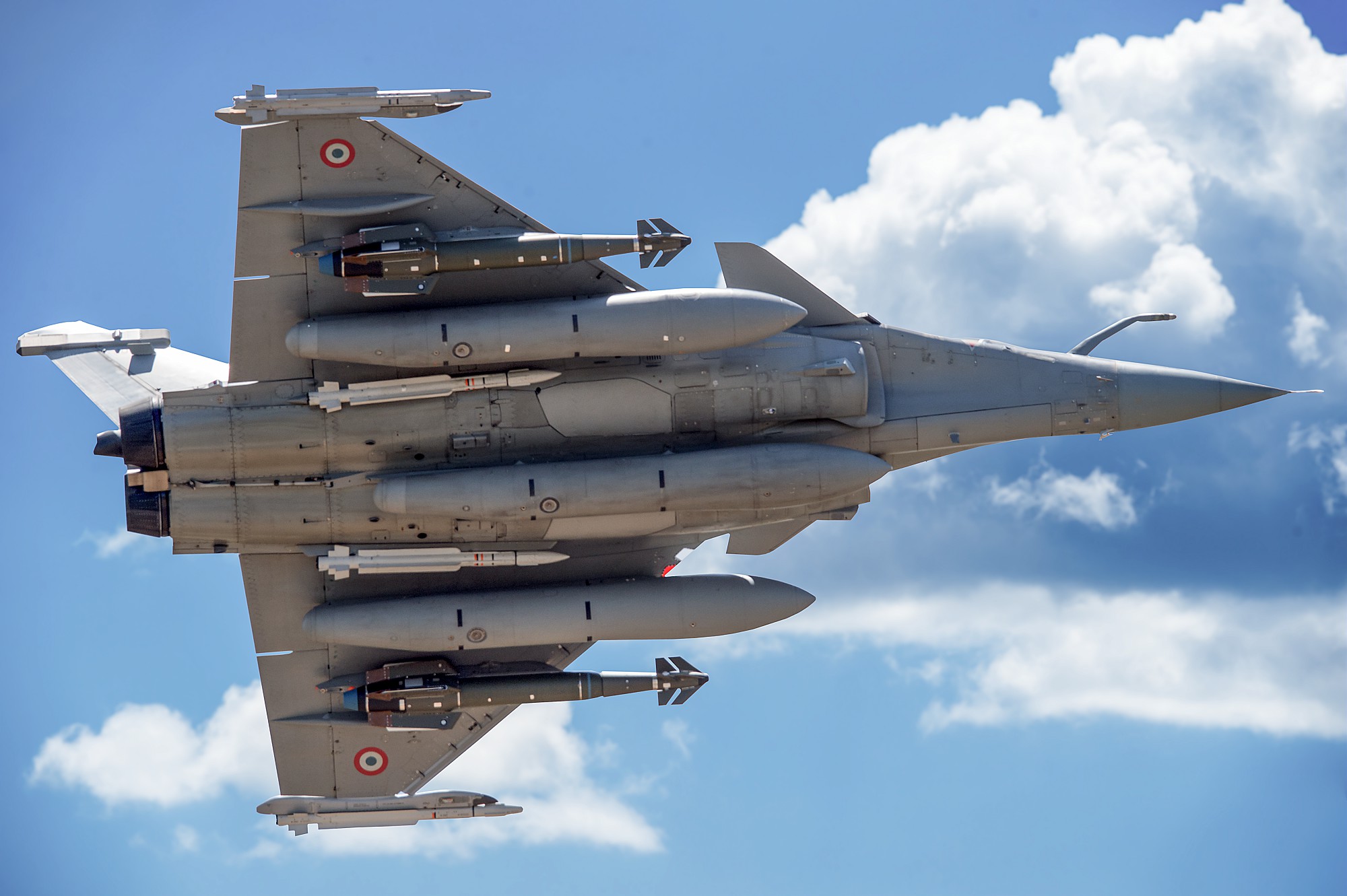
We asked a French official for clarification, but they were not able to comment on the Rafale specifically. “The Ukrainians have made requests for various pieces of equipment, all of which are being discussed between our two countries,” The War Zone was told. “The Ukrainian priority was air defense and artillery, to which we are contributing considerably.”
Whether the Rafale represents wishful thinking on the Ukrainian side or a genuine French offer, remains unclear. However, it’s hard to envisage that France would be able to spare any Rafales in the short term, especially since it’s already committed to transferring these to other export operators. Inserting Ukrainian personnel into the training pipeline would also seem to offer significant challenges, while the maintenance of such a sophisticated jet would likely be harder still.
Speaking earlier this week, a French official noted that previous Rafale customers found that introducing the jet involves “a huge evolution.” They added: “It takes months and months and months” but also reiterated that any request for fighter jets, of whatever type, would be assessed using the same aforementioned criteria.
A more likely — and suitable — aircraft is the Mirage 2000C, a type that was officially withdrawn by the French Air and Space Force in June last year. We reported on that development at the time.

Primarily as an air defense fighter, the Mirage 2000C entered service with France in 1983. By last June, a reduced force of 11 single-seat Mirage 2000Cs, plus seven two-seat Mirage 2000B combat trainers, was in use.
Despite its fly-by-wire flight control system that ensures a high level of agility and exceptional handling, the French-standard Mirage 2000C has several key drawbacks, most notably a lack of a radar-guided missile for longer-range engagements. The old radar-guided Super 530D missile was retired back in 2012, leaving a primary armament of the 1980s-era Magic II short-range heat-seeking air-to-air missile and two internal 30mm cannons.
In the past, Ukrainian Air Force pilots have been very clear about the requirement for more modern radar-guided missiles, especially those with active radar guidance, like the AIM-120 Advanced Medium-Range Air-to-Air Missile (AMRAAM) to help narrow the capability gap against the Russian opposition.
It’s unclear if reintegration of the Super 530D missile is even a possibility, bearing in mind the considerable age of that weapon and it would also fall well short of the performance offered by the AMRAAM. It could be the case that providing a jet with a more limited and air-defense-optimized capability might make it more politically expedient since it would be arguably less of an escalation.
On the other hand, the Mirage 2000C has been upgraded to fly ground-attack missions using 500-pound GBU-12 Paveway II laser-guided bombs, which could also be supplied, if the United States gave approval, providing a degree of multirole capability. It’s possible that other weapons, too, could be integrated into the Mirage 2000C, given time and appropriate approvals, although, in its current configuration, the jet lacks its own targeting pod, which is a significant operational drawback.
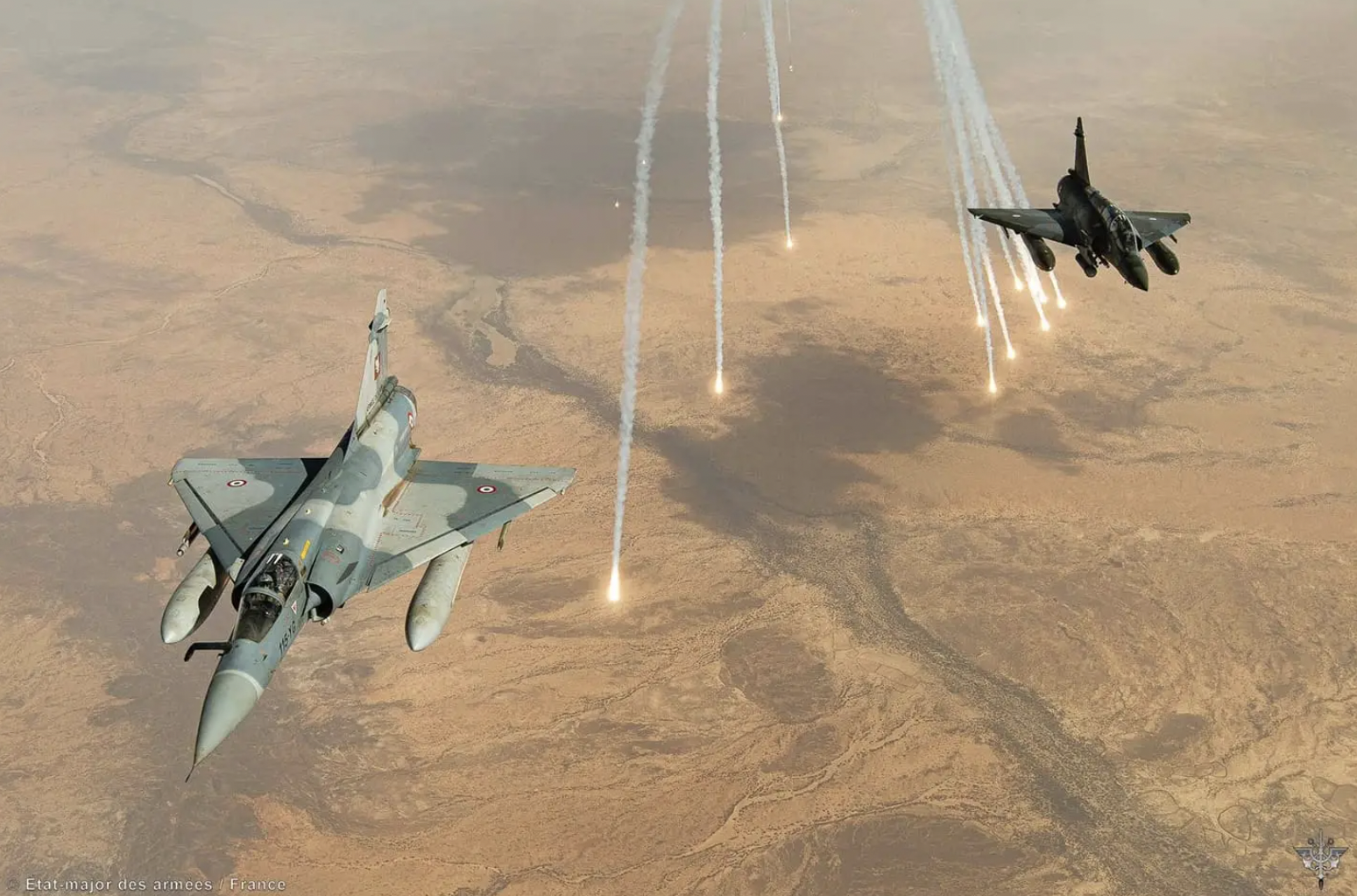
France also operates the much-improved Mirage 2000-5F, also in a primary air defense role, although these aircraft remain in service for homeland defense and international missions, and it’s highly questionable if the French Air and Space Force would give them up easily.
There could be other ‘first-generation’ Mirage 2000 fighters available, too, beyond those that France retired last year.
Two French red air contractors have reportedly acquired surplus Mirage 2000s but it’s not clear if plans to operate these in an adversary role will be realized. One firm, ARES, reportedly acquired surplus Mirage 2000s from Qatar, with the aim of providing 12 for adversary training to the French military. Another French firm, Procor, secured some of the dozen Mirage 2000s that were formerly operated by Brazil, plus more from French stocks, with similar ambitions. Depending on these contractors’ plans, some of these jets could potentially make their way to Ukraine instead, although the condition of the aircraft is unclear.

Meanwhile, Greece could offer a source of combat-ready Mirage 2000s, with its fleet of Mirage 2000EG/BG jets (equivalent to the French Mirage 2000C/B) becoming surplus to requirements as the Hellenic Air Force continues to introduce the Rafale fighter to replace them. According to Flight International’s latest World Air Forces fleet survey, Greece has 16 single-seat Mirage 2000EGs and a pair of two-seat Mirage 2000BGs in its inventory.
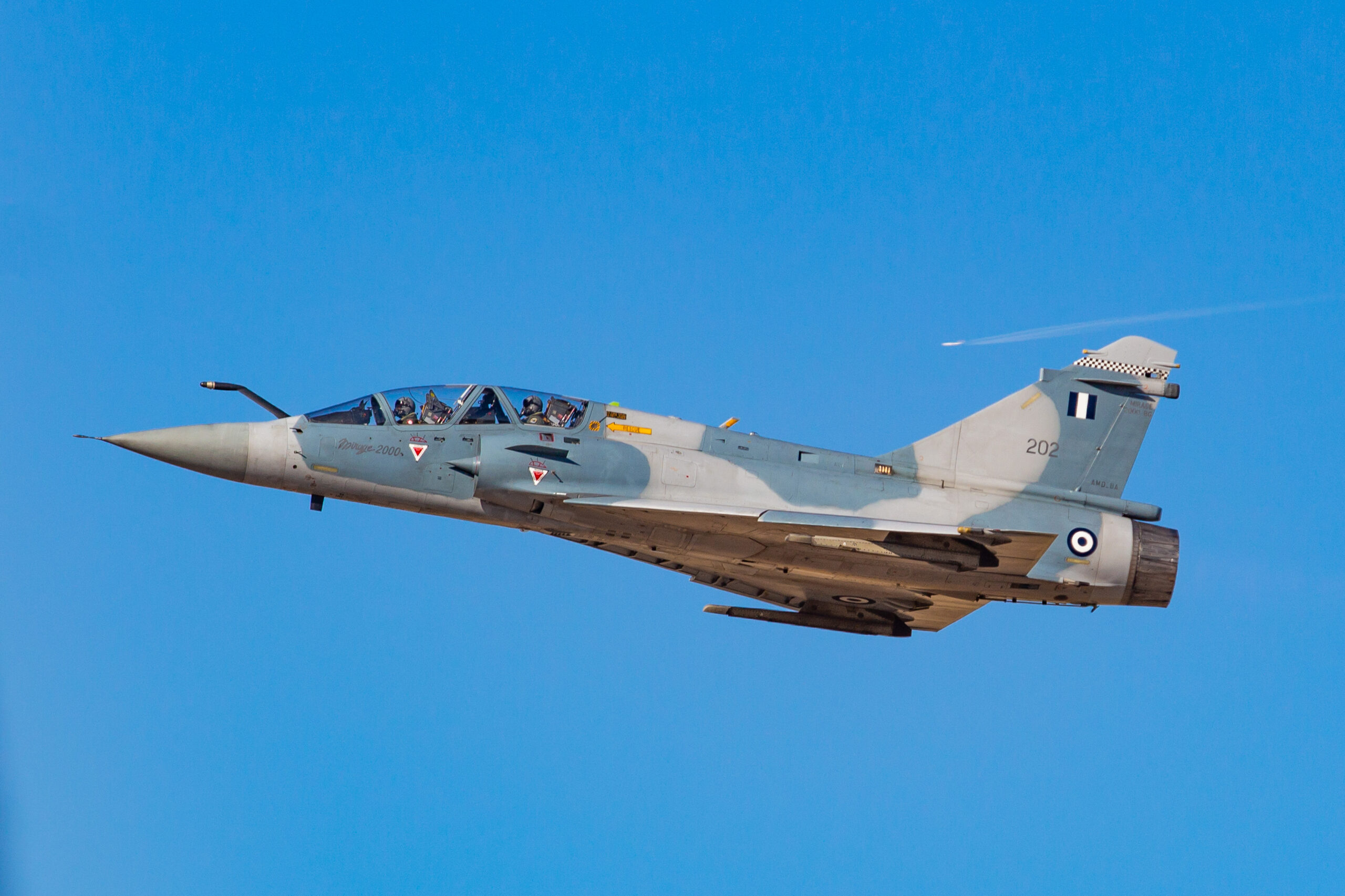
There is also the possibility that the French move is more of a stalking horse than a genuinely realistic proposal. In this way, an acknowledgment that Paris is considering supplying Kyiv with fighter jets could prompt Ukraine’s other allies to do the same, building a potential coalition of countries who could work together to achieve this or pushing one country to commit fully. Something similar happened in the case of Western tanks for Ukraine, with the United Kingdom and France both offering batches of their top-of-the-line tanks before Germany finally relented and approved the transfer of Leopard 2s from its own and other stocks. It’s not hard to see how a similar cooperative program as now exists with the Leopard 2 could also work to deliver F-16s, in particular, to Ukraine.
Interestingly, Germany has stated that it won’t be supplying Ukraine with any fighter jets, at least for the foreseeable future. Olaf Scholz, the German chancellor, told German lawmakers yesterday that there “would be no fighter jet deliveries to Ukraine.”
Ukrainian confidence in acquiring new fighters seems to be high. Yuriy Sak, an advisor to Ukrainian Minister of Defense Oleksiy Reznikov, has said that the country is now pushing for fourth-generation Western jets as a matter of priority, but not necessarily F-16s. “They didn’t want to give us HIMARS systems, then they did. They didn’t want to give us tanks, now they’re giving us tanks. Apart from nuclear weapons, there is nothing left that we will not get,” Sak said.
It’s fair to say that significant momentum is now building behind the drive to send new fighter jets to Ukraine. What’s less clear at this point is exactly what type of aircraft the Ukrainian Air Force might finally get its hands on.
Contact the author: thomas@thedrive.com
